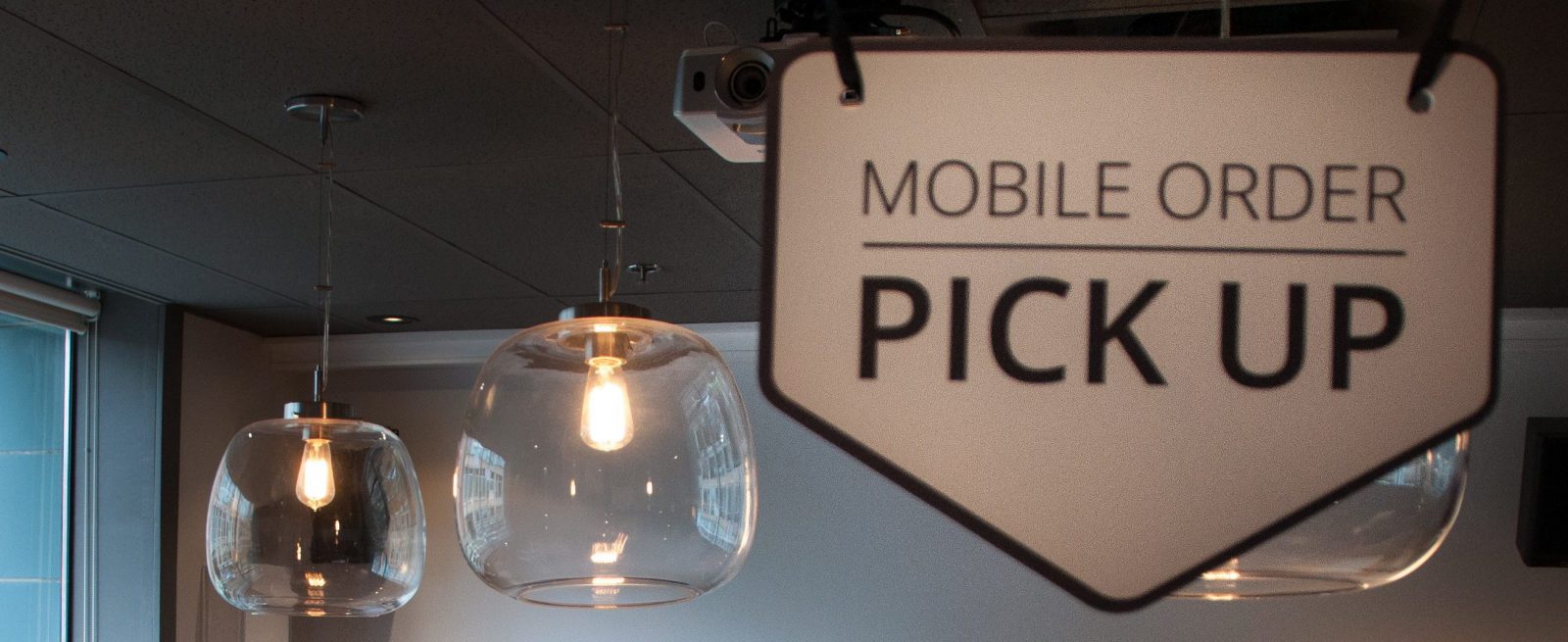Times Are Changing: The Future Layout of the Modern Restaurant
4 Min Read By Jason Strashek
As we continue to welcome technology into our everyday lives, it’s not surprising to see that an area it’s having a major impact on is the way we dine. For this reason, the way restaurants function and how they are laid out will continue to experience change. Currently, the Quick Service Restaurant (QSR) industry is embracing one of its biggest periods of transition. As the smaller, “Fast Casual” segment of QSR continues to streamline and offer prices that are more competitive, the dominant Quick Serve segment needs to find a way to get noticed and stand out. Those who will experience the biggest change and will need to be ready to adapt to it are the people who work in the QSR industry. Technology already plays a huge role in the industry, but it is set to play a bigger part in the future, reducing the need for human interaction. In some cases, it could possibly cut out the need for servers or cashiers all together. It also means there is an opportunity for growth in other areas of the business, most notably in customer service.
We have seen mobile ordering and payment apps gain a great deal of traction since 2010. More so, in the last couple of years this trend has picked up momentum with companies such as Subway, Starbucks, Panera Bread and Chipotle getting ahead of the game. This is leaving many other companies scrambling to keep up. Some of the biggest brands are realizing the importance of offering digital service, and are investing millions of dollars to offer their customers digital engagement capabilities. It is clear to see; speed and convenience are the key elements to this service.
Mobile Order Only Locations: The Future
As mobile ordering is gaining traction for QSRs, it was only a matter of time before a company introduced “Mobile Order Only” locations and Starbucks was the company who did just that. This spring Starbucks opened a store to test out the concept, and while this might be just a test for now, from my perspective this is the beginning of a trend that will catch on. I think this is because it enhances the experience for customers who are perpetually on the go, and again focuses on the need for speed and convenience. While there may be an opportunity to reduce the average footprint of cafés, the more likely outcome will be a higher saturation of outlets, making it even more convenient for loyal customers.
The Real Question: Should I Stay or Should I Go?
Now that customers can order ahead of time, it leaves them with two options once they’ve picked up their order: stay or go. For the customers who decide to stay, QSRs have an opportunity to offer an improved level of service. These customers are here for the full experience, they have the time to enjoy their environment, and those locations that maintain dine-in seating will likely increase the quality of the dine-in experience. It will help toward differentiating their experience. For the customers who decide to go, their needs are different. For them the experience is about accuracy, speed, and convenience of their order fulfillment. Liken their experience to a trip to the bank, customers have the option to either visit the teller or go directly to the ATM. Those looking to interact and for a human experience can stay, those looking for nothing more can go. This leaves the control in the hands of the customer.
What It All Means
As the industry changes with technology, the question is: How will this affect the nature of the QSR workforce? It is clear to see that the food-service industry is becoming more automated. Technology is changing, and will continue to change the way restaurants are laid out and how customers experience and interact with brands. These changes will have the biggest impact on how the workforce will work. From my perspective, technology is going to eliminate the need to line up for a cashier to take most orders. In many restaurants, the amount of seating will be reduced as average retail footprint is reduced. This won’t eliminate human interaction all together – as when the customer arrives, I envision they will be greeted at the entrance by a host. (Like a casual dining experience, like the Olive Garden.) The layout will evolve and the structure will allow customers to easily pick up their order. It is likely that once a customer is greeted by the host, they will be directed in the direction of a series of pick-up windows or wickets, where they pick up their order. We’ve seen how important convenience is to the customer, and this is where this element will come into play — as the customer’s order will be ready for pickup at the time of their arrival.
Should the customer be looking to further their experience and interact with the staff, they can do so — as the level of interaction will be controlled by them. Customers can choose the option to grab and go or interact and converse with staff.
This last piece of the puzzle will define what it means to be employed in the QSR industry. With the direction that technology and the food-service industry is taking, there is no denying the role of the worker will evolve. However, the streamlining of the industry does not necessarily mean lost jobs. What it means is that those jobs will evolve and become more customer service oriented. Less time will be spent taking routine orders, because this will all be taken care of ahead of time by ordering ahead through digital channels such as mobile phones or kiosks. Instead, the purpose of the typical front-counter employee will be to welcome customers and make sure their experience is as service-oriented as possible.
Technology has already affected the way QSRs function. This is just the beginning. Perhaps Howard Schultz’s vision of a ‘Third Place’ providing the best customer service with the combined comfort and convenience of home and office will come to fruition after all.


